Chiropractic Care for Concussion Headache Relief After TBI
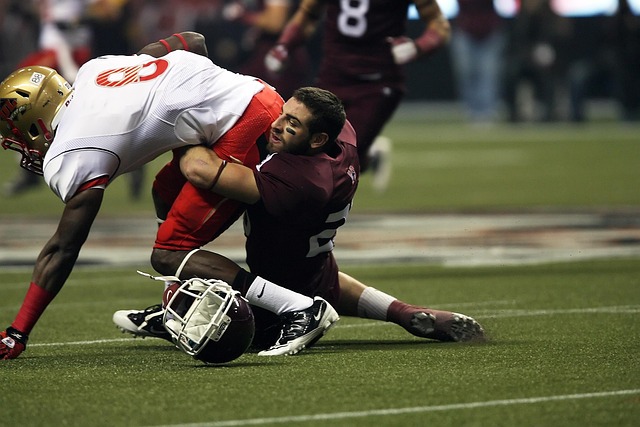
Chiropractic treatment for concussion injury focuses on spinal manipulation to reduce mechanical str…….
The demand for professional pet sitting and dog walking services has skyrocketed as pets are increas.......
Pet sitting and dog walking are essential services that cater to busy pet owners, ensuring their fur.......
In the realm of sports medicine and neurological healthcare, understanding and managing concussions effectively has become a paramount concern. Chiropractic care, with its holistic approach to treatment, has emerged as a significant contributor to concussion recovery. This article delves into the intricate world of chiropractic care specifically tailored for concussion management, exploring its definition, global impact, economic implications, technological innovations, regulatory frameworks, challenges, and future prospects. By examining these aspects, we aim to provide a comprehensive understanding of how chiropractic care is revolutionizing concussion recovery practices worldwide.
Definition: Chiropractic care, at its core, is a form of alternative medicine that focuses on the diagnosis, treatment, and prevention of mechanical disorders of the musculoskeletal system, especially the spine. When applied to concussion recovery, chiropractic care employs a range of non-invasive techniques, including spinal manipulation, joint mobilization, and various therapeutic modalities, to alleviate symptoms, reduce inflammation, and support the body’s natural healing processes.
Core Components:
Spinal Manipulation: Chiropractors use controlled, precise force to improve the mobility of the joints, reducing muscle tension and pain. This technique is believed to enhance nervous system function and promote self-healing.
Joint Mobilization: Similar to spinal manipulation, joint mobilization involves gentle movements to restore normal range of motion in affected joints, which can be beneficial for individuals with concussion-related joint stiffness or rigidity.
Therapeutic Modalities: These include heat/ice therapy, electrical stimulation, ultrasound, and massage, which are used to manage pain, reduce inflammation, and facilitate healing.
Patient Education: Chiropractors educate patients about concussion management, including rest strategies, cognitive rehabilitation, and lifestyle modifications to support recovery.
Historical Context: Chiropractic care has its roots in ancient healing practices, with modern chiropractic emerging in the late 19th century. The field gained recognition for its effectiveness in treating musculoskeletal issues during World War II when chiropractors provided care for injured soldiers. Over time, its application to concussion management evolved through research and clinical experience, solidifying its place as a valuable component of multidisciplinary concussion care teams.
Significance: Chiropractic care offers several advantages in concussion recovery:
Non-Invasive Approach: It avoids the use of medications or surgical interventions, making it an attractive option for individuals seeking alternative treatments.
Individualized Care: Chiropractors tailor treatment plans to each patient’s specific needs, considering their unique symptoms and recovery progress.
Holistic Focus: Beyond addressing physical symptoms, chiropractic care considers the connection between structural health and overall well-being, which is crucial for comprehensive concussion recovery.
Chiropractic care for concussion recovery has garnered significant attention worldwide, with varying levels of integration into healthcare systems across different regions:
| Region | Integration Level | Key Trends |
|---|---|---|
| North America | High | Leading global adoption of evidence-based chiropractic protocols for concussion management. Increasing collaboration between chiropractors and sports medicine specialists. |
| Europe | Moderate to High | Growing acceptance of chiropractic care in public healthcare systems, with specific protocols for neurological conditions. Research funding initiatives promoting chiropractic research in concussion recovery. |
| Asia Pacific | Rising | Increasing awareness and demand for alternative treatment options, driven by cultural preferences and modern healthcare trends. Chiropractors are increasingly involved in sports medicine within academic institutions. |
| Latin America | Varies | Significant regional variations exist due to healthcare infrastructure differences. Some countries have well-established chiropractic practices, while others are still in the process of integrating these services. |
| Middle East & Africa | Developing | Growing interest in chiropractic care, with some countries implementing training programs and regulatory frameworks to support its practice. |
The economic impact of chiropractic care for concussion recovery is multifaceted:
Market Dynamics: The global chiropractic market is experiencing steady growth, driven by increasing demand for non-pharmacological treatment options and rising healthcare expenditure. According to a report by Research and Markets, the global chiropractic market size was valued at USD 35.6 billion in 2021 and is projected to grow at a CAGR of 4.8% from 2022 to 2030.
Investment Patterns: Private investment in chiropractic research and technology is on the rise, fueling innovations in equipment and treatment methodologies. Venture capital firms are showing interest in startups developing advanced diagnostic tools and patient monitoring systems tailored for chiropractic care.
Healthcare Systems: Integration of chiropractic services into public healthcare systems varies globally. In some countries, it operates as a complementary service, while others have established comprehensive concussion management protocols that include chiropractic care. This integration impacts reimbursement policies, with varying levels of coverage for chiropractic treatments related to concussions.
Technological innovations have played a pivotal role in enhancing the effectiveness and accessibility of chiropractic care for concussion recovery:
Advanced Diagnostic Tools: Newer technologies like high-resolution imaging (MRI, CT scans) and specialized sensors enable more precise assessments of structural abnormalities and nerve function associated with concussions.
Patient Monitoring Devices: Wearable sensors and mobile applications are being developed to track patient progress, monitor symptoms, and provide real-time feedback on recovery status, allowing for personalized treatment adjustments.
Virtual Reality (VR) Therapy: VR is emerging as a valuable tool in cognitive rehabilitation, offering immersive environments to help patients navigate balance, coordination, and cognitive challenges associated with concussions.
Telechiropractic Services: The rise of telemedicine has made chiropractic care more accessible, allowing remote consultations, follow-ups, and treatment adjustments, especially beneficial for individuals in rural or underserved areas.
Regulatory bodies worldwide are increasingly recognizing the importance of chiropractic care in concussion management, leading to the development of specific guidelines and standards:
Licensing and Certification: Chiropractors must obtain licenses to practice, ensuring they meet educational and clinical competency requirements. Certifications in sports medicine or neurological conditions further specialize their expertise.
Clinical Protocols: Organizations like the World Health Organization (WHO) and regional medical associations have published guidelines for managing concussions, including recommendations for chiropractic interventions. These protocols provide a framework for healthcare professionals to integrate chiropractic care into concussion care plans.
Reimbursement Policies: Healthcare insurance coverage for chiropractic services varies across countries. Some regions have specific policies regarding reimbursement for concussion-related treatments, impacting patient access and provider acceptance.
Despite its many advantages, the integration of chiropractic care for concussion recovery is not without challenges:
Research Gaps: While research on chiropractic management of concussions is growing, more high-quality studies are needed to establish evidence-based guidelines, particularly in areas like long-term outcomes and cost-effectiveness.
Multidisciplinary Collaboration: Effective concussion care requires collaboration between chiropractors, physicians, neuropsychologists, and other specialists. Ensuring seamless communication and coordination can be challenging, especially in settings with limited resources or fragmented healthcare systems.
Patient Education: Educating patients and caregivers about the benefits and limitations of chiropractic care is crucial for fostering trust and encouraging adherence to treatment plans. Misconceptions and concerns about chiropractic manipulation may hinder acceptance.
Access and Equity: Ensuring equitable access to chiropractic services, particularly in underserved communities or rural areas, remains a challenge. Addressing this issue requires strategic investments in training programs and infrastructure development.
The future of chiropractic care in concussion recovery looks promising, with several emerging trends shaping its evolution:
Personalized Medicine: Advancements in technology will enable more tailored treatment plans based on individual patient characteristics, genetic profiles, and response to previous treatments.
Integration with Virtual Care: Telechiropractic services are expected to expand, providing remote access to chiropractic care and enabling continuous monitoring of patient progress.
Continued Research and Collaboration: International collaborations and research initiatives will further enhance the evidence base for chiropractic management of concussions, leading to improved clinical practices.
Policy and Insurance Reforms: Updates in reimbursement policies and insurance coverage may make chiropractic care more accessible, reducing financial barriers to treatment.
Education and Awareness: Increased public awareness and education about chiropractic care will foster a better understanding of its benefits and role in concussion recovery, potentially leading to improved healthcare-seeking behaviors.
In conclusion, chiropractic care for concussion recovery is a rapidly evolving field that offers promising avenues for improving patient outcomes and enhancing the overall quality of life for individuals affected by concussions. As research advances and technological innovations continue, chiropractic care is poised to play an increasingly significant role in global concussion management practices.

Chiropractic treatment for concussion injury focuses on spinal manipulation to reduce mechanical str…….
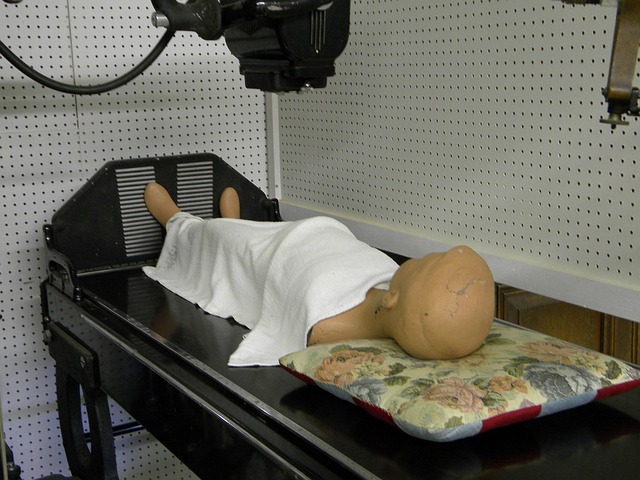
Chiropractic treatment for concussion injury offers a non-invasive approach using spinal adjustments…….
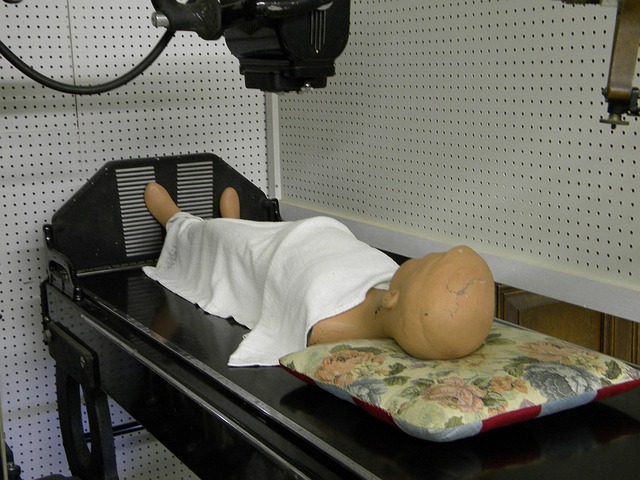
Chiropractic treatment for concussion injury focuses on nervous system connection, using gentle adju…….
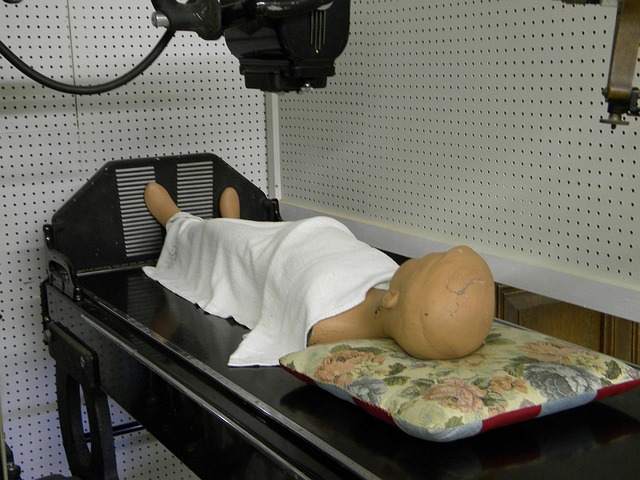
Concussions can disrupt posture and balance due to brain movement within the skull. Chiropractic tre…….
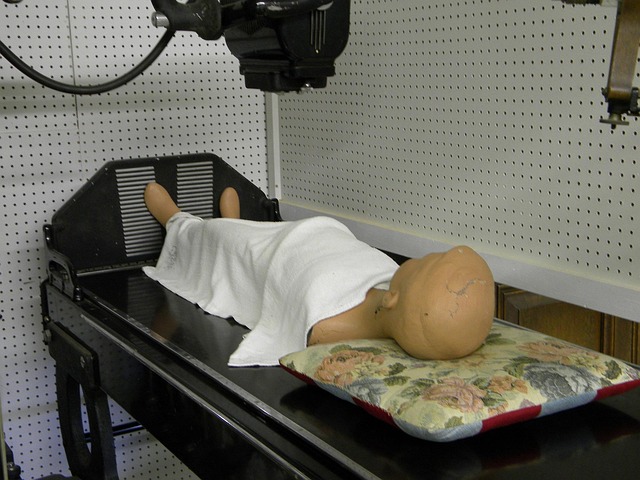
Chiropractic treatment for concussion injury focuses on addressing structural misalignments in the s…….
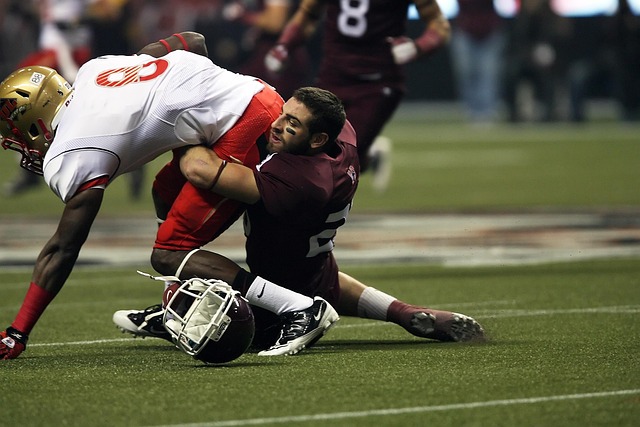
Post-concussion chiropractic care specializes in rehabilitating individuals with traumatic brain inj…….
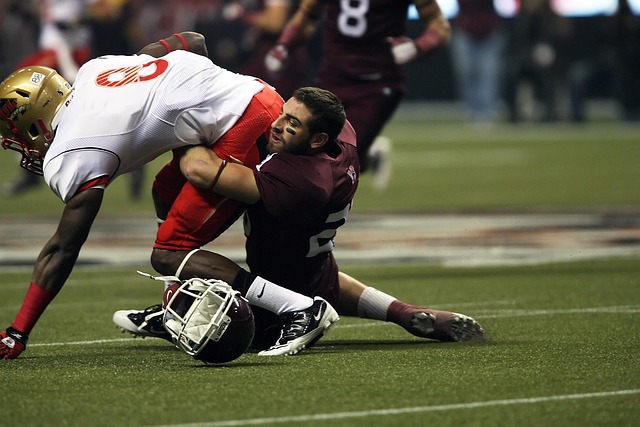
Chiropractic treatment for concussion injury offers a non-invasive, holistic approach using spinal a…….

Chiropractic treatment for concussion injury offers a non-invasive approach to managing MTBI symptom…….
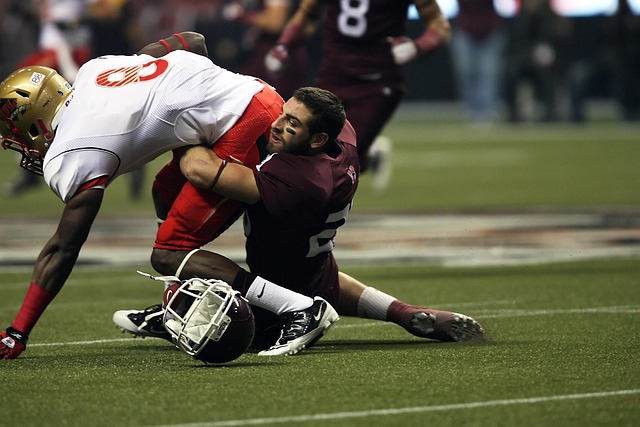
Post-concussion dizziness and neck pain are common symptoms resulting from disruptions in the inner…….
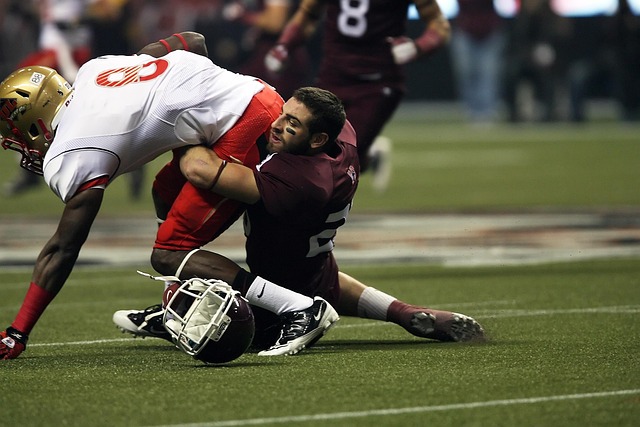
Chiropractic treatment for concussion injury focuses on spinal manipulation to reduce pressure and e…….